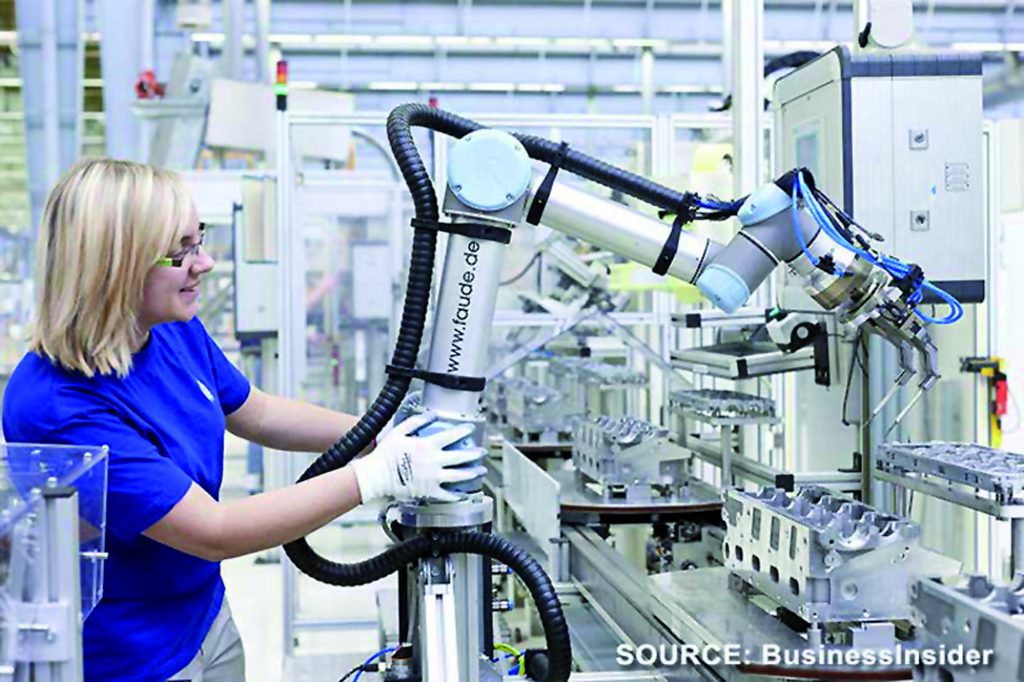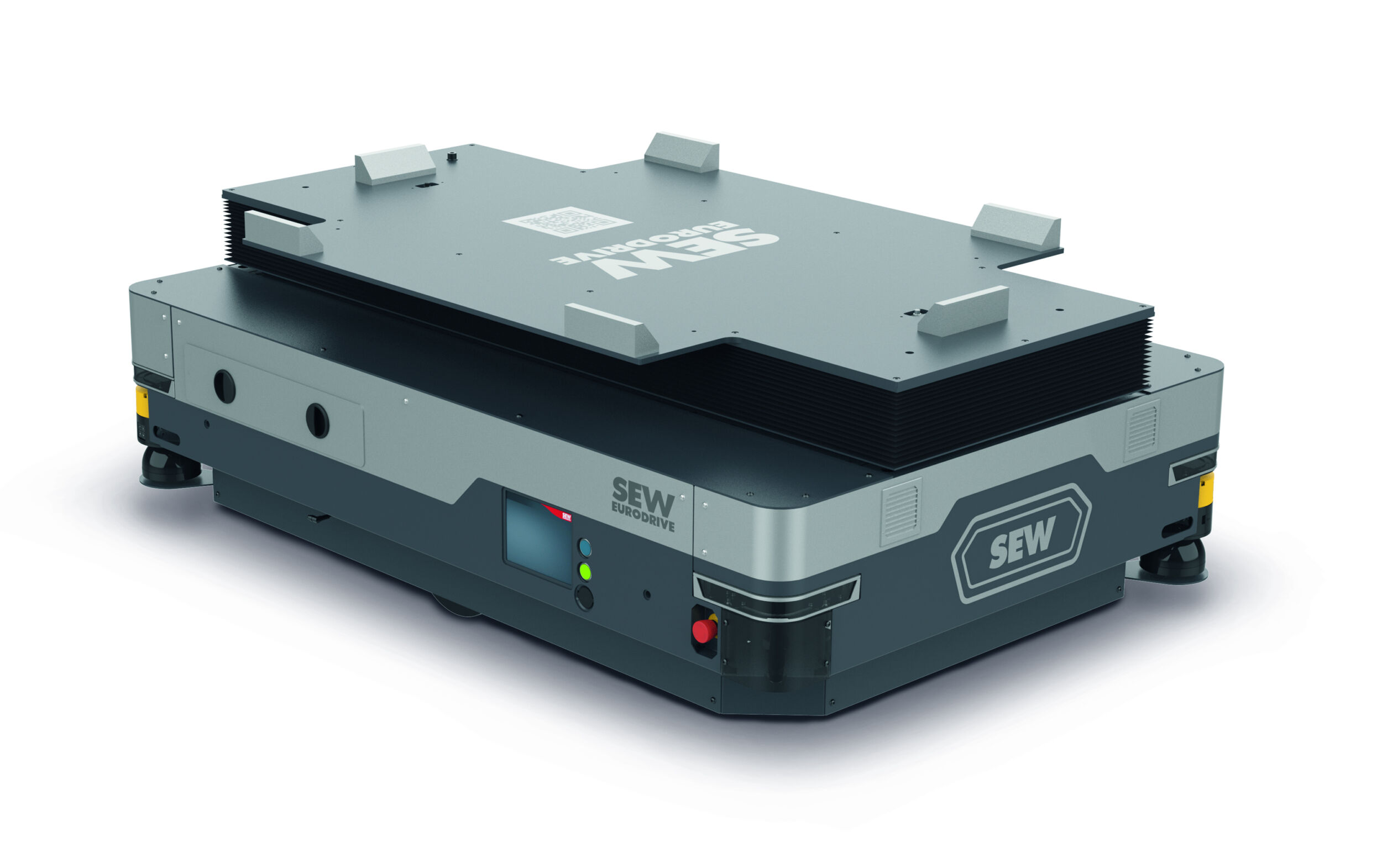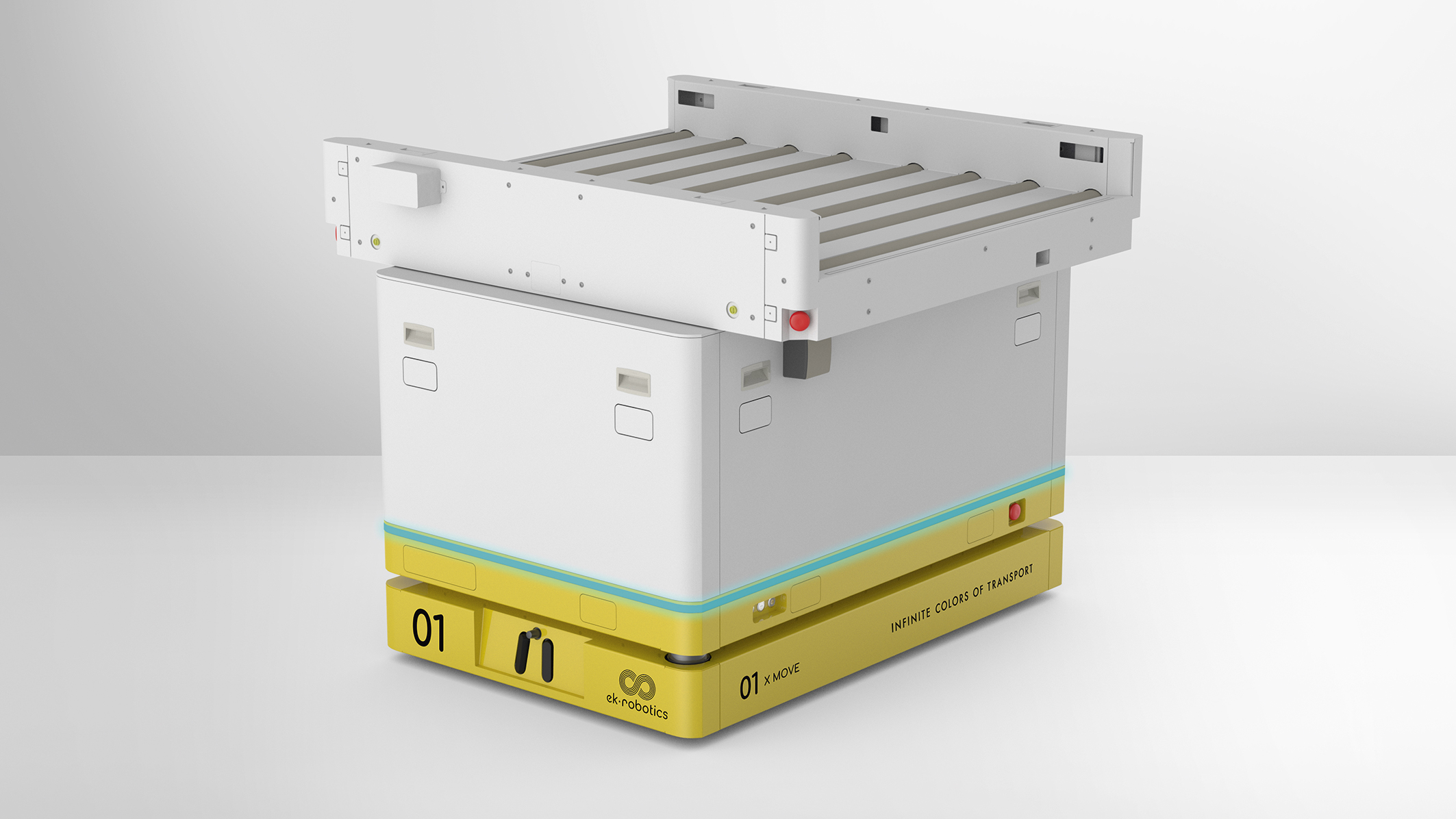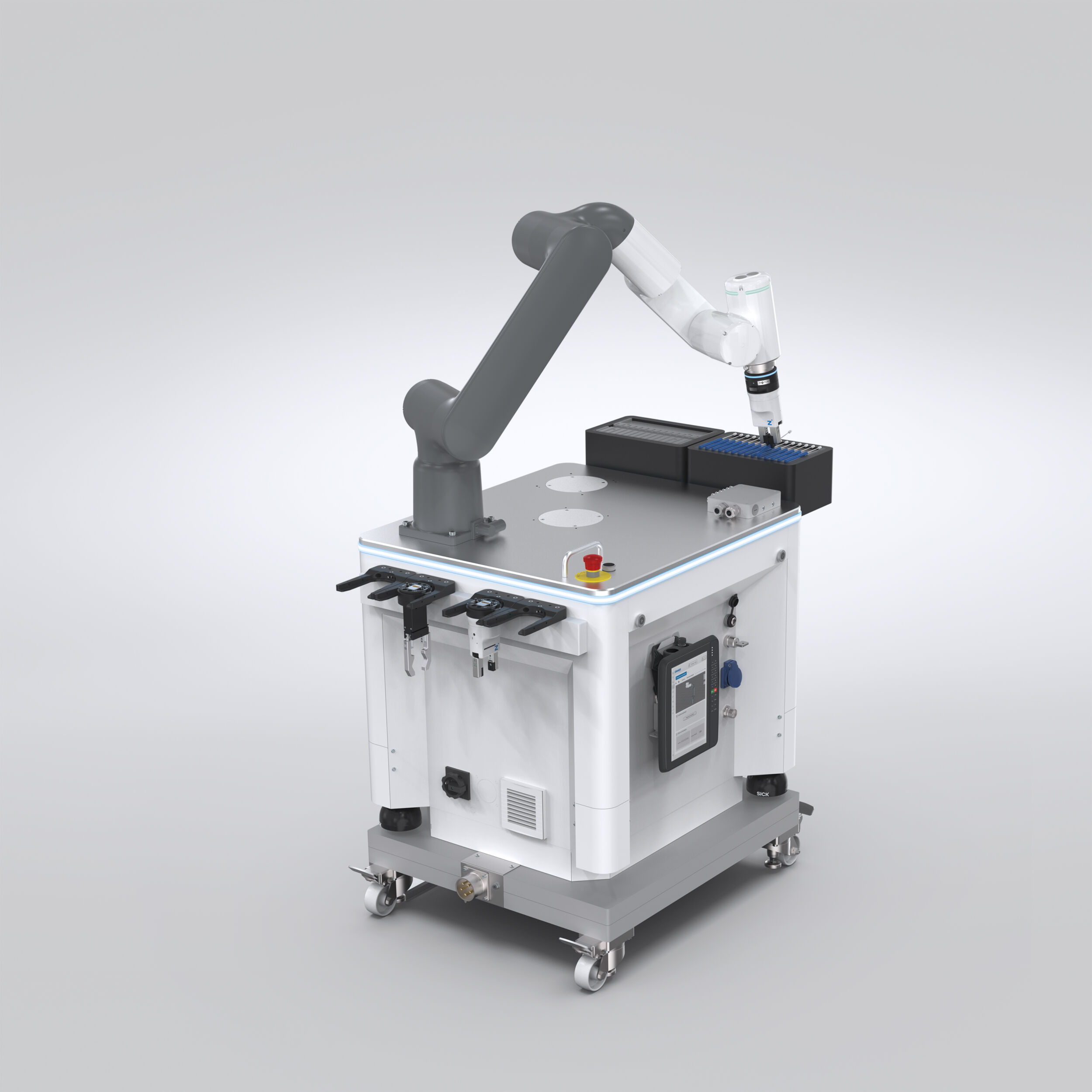42 companies empowering robots and humans to work side-by-side
The Market of Cobots
There is growing demand for more flexibility in factories and shops. Collaborative robotics, a sub-set of service robotics in labs, manufacturing and material handling, is where the action is today because co-bots are meeting these new demands, while caged legacy robots are not. Service and assistance robotics, with and without mobility, are an emerging and somewhat futuristic field, albeit one which is developing rapidly.

The objective of collaborative robotics is to combine the repetitive performance of robots with the individual skills and abilities of people. (Figure: Business Insider)
Vision and tactile sensors, safety features, mobility, and simple, fast and intuitive robot training, are all playing important roles in many application areas. As robots can be trusted to safely work alongside humans and are relatively portable and easy to program, business managers, from all sized companies, begin to imagine uses within their labs, facilities, factories and shops – uses where robots and humans collaboratively work together to improve productivity and efficiency by using the robot where it is better than its human partners, and vice versa.
Definitions, features and applications
The objective of collaborative robotics is to combine the repetitive performance of robots with the individual skills and abilities of people. People are better at seeing and solving imprecise situations; robots can be more precise, powerful, and perform longer. Wikipedia says a cobot or co-robot (from collaborative robot) is a robot intended to physically interact with humans in a shared workspace. This is in contrast with other robots, designed to operate autonomously or with limited guidance, which is what most industrial robots do. Cobots can have many roles – from autonomous robots capable of working together with humans in an office setting that can ask for help, to industrial robots having their protective guards removed as they can react to a human presence under EN ISO10218 which requires the robot or robot application comply with one of four collaborative modes: Safety-Rated Monitored Stop; Hand Guiding; Speed and Separation Monitoring; and Power and Force Limitation.
Numbers
Trade shows tend to feature business solutions 5-10 years ahead of their actual deployment. Bin picking was the trend 10 years ago at robotics trade shows. For the last five years, collaborative robotics has been prominently displayed and demonstrated, and the numbers and forecasts showing up in research reports are beginning to prove that the trend is emerging and the collaborative segment of the robotics industry is growing exponentially. In their 2017 Worldwide 10 Robotics Predictions report, IDC said: Prediction 7: Collaborative Robots – By 2018, 30% of all new robotic deployments will be smart collaborative robots that operate three times faster than today’s robots and are safe for work around humans.
- Transparency Market Research, in their January, 2017, 147-page analysis which costs $5,795, forecast that the co-bot market will be worth $95 billion by the end of 2024 and will be growing at a compounded annual growth rate (CAGR) of 30% from now until then.
- Research and Markets, in a November, 2016 165-page report costing $3,999, forecast that collaborative industrial robot sales will reach $2 billion by 2021 at an annual CAGR of more than 60%.
- Markets and Markets, in their August, 2016, 157-page report which costs $5,650, also forecasts a high CAGR: 60% between 2016 and 2022.
(UR) reflects those phenomenal growth figures. Annual sales have risen from $10 million in 2012 to $95 million in 2016 with revenue expected to be $140 million in 2017. Beginning from 2017, however, competition will become more prevalent on many fronts from a variety of emerging co-bot companies described below.

„People are better at seeing and solving imprecise situations; robots can be more precise, powerful, and perform longer.“ Frank Tobe, The Robot Report (Bild: Frank Tobe)
Industrial co-bot makers
Most SME’s have a low cost threshold for capital expenditures like robots, thus pricing is a serious consideration. ROI (return on investment) is also important. Universal Robots started a clever advertising campaign using videos showing application use cases and prominently featuring the payback period – from as little as 3-4 months to a year; very respectable in ROI terms. Consequently the wide range of prices for co-bots is most often tempered by the use case(s), ease of use, and ROI. Prices begin at $3,000 for the Chinese-made Dobot, to $11k for the new German Franka, to $29k for an American Sawyer, $35k for a Danish UR10, all the way to $60k for Swiss ABB’s YuMi and up to $100k for Germany’s Kuka LBR iiwa. Listed below are a few co-bot providers:
- ABB YuMi: ABB’s two-armed YuMi robot was officially launched mid-2015. FRIDA, as it was previously named, was field-tested at various automakers for many years before and frequently written up in papers and reviews. The new name, YuMi, stands for „you“ and „me“ collaboratively working together. Nevertheless, YuMi still depends on ABB’s legacy programming language and teach pendant making it unattractive to SMEs and companies that don’t already deploy ABB robots and have a legacy programming staff.
- Bosch APAS: Bosch has used their portable APAS robot for internal assembly tasks for many years. They launched it for commercial use in 2014 saying that it was the first mobile co-bot to be certified under the new safety ISOs. It has appeared at recent trade shows configured to provide mobile inspection and testing and as a barista and cotton candy provider at the big Consumer Electronics Show (CES) in Las Vegas.
- Franka Emika: Franka’s $12,150 package of arm, gripper, teaching device and software was heralded as a major breakthrough at last year’s Hannover Messe trade show and from academics worldwide as they begin to receive their research version of the product which recently began shipping. Industrial versions will ship later in 2017. IEEE Spectrum wrote: „Franka has more dexterity than is typical for a robotic arm because it is what is known as a torque-controlled robot. It uses strain gauges to measure forces on all of its seven joints, allowing it to detect even the slightest collisions. The result is that it can perform tasks that require direct physical contact in a carefully controlled manner. These include drilling, screwing, and buffing, as well as a variety of inspection and assembly tasks that electronics manufacturers in particular have long wanted to automate.“
- Kawada (Shinsei) Nextage: Kawada Shinsei Robotics is a 2013 spin-off from Kawada Technologies. The two-armed Nextage robot was designed for industrial operation but modified to be collaborative over the last few years. Over 200 of the $60,000 robots have been sold and are at work in factories in Japan. In the co-bot version, safety is handled by the stereo vision cameras in the head and by using low-power motors and elbow controls so that they don’t jut outwards even when both arms are in operation. Kawada also makes the HRP humanoid robots. The HRP-2 was used by one of the teams in the DARPA Robotics Challenge held in 2015.












